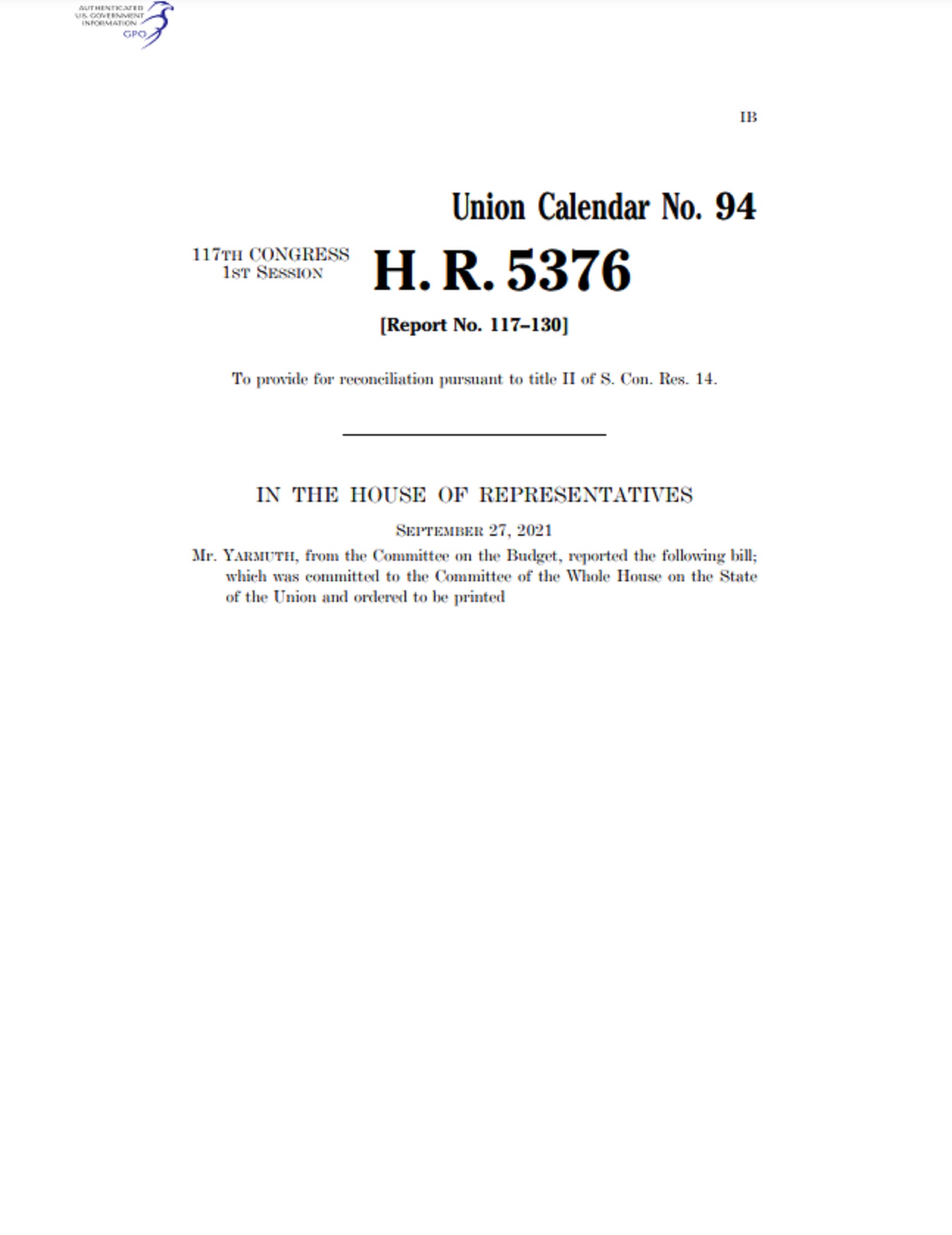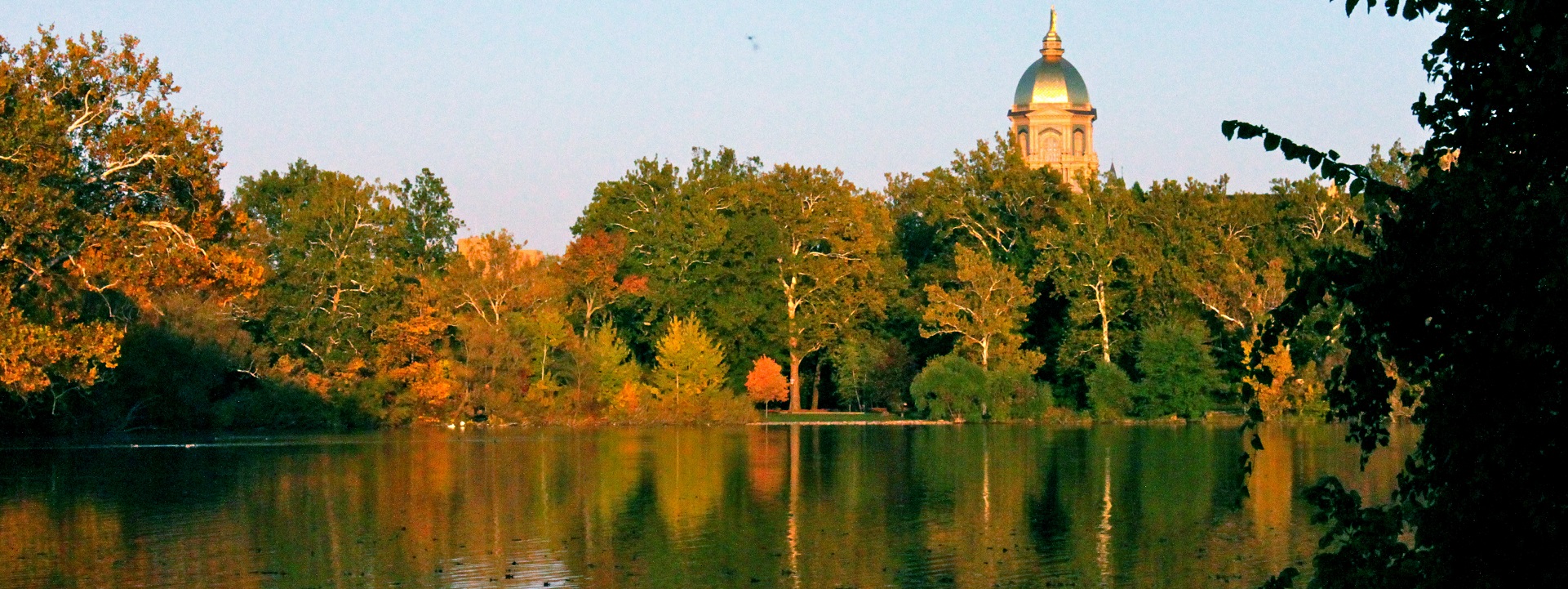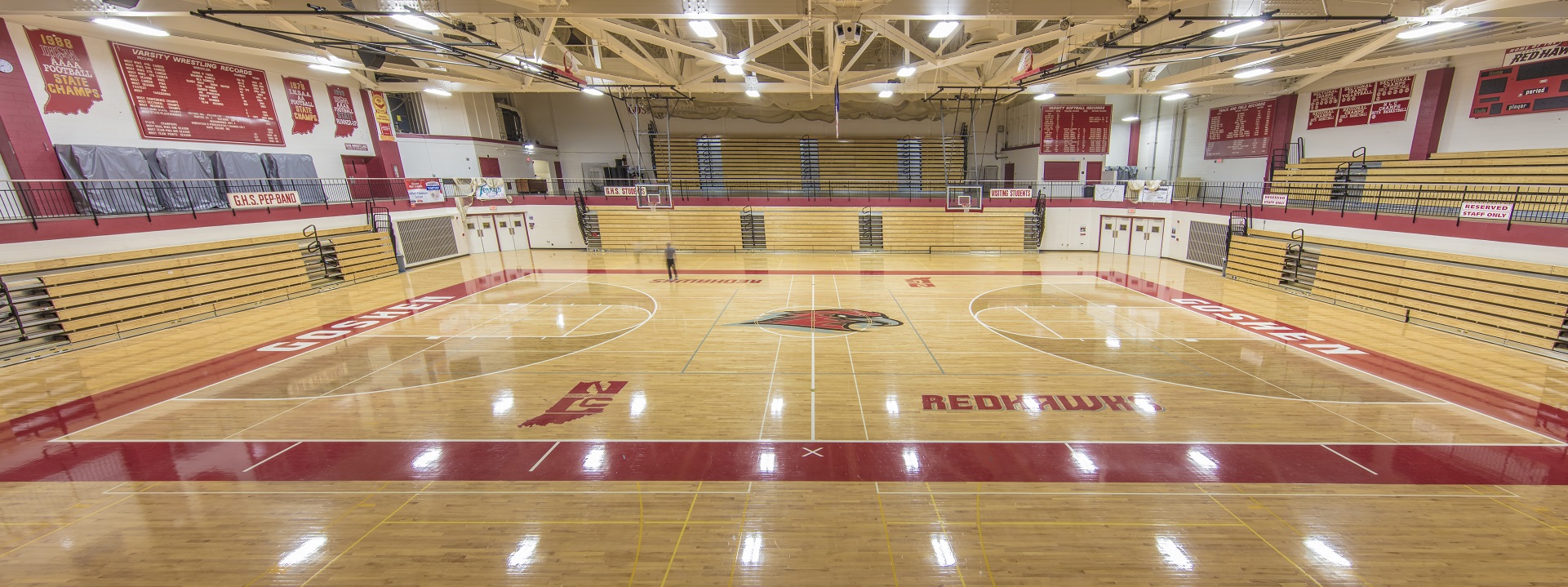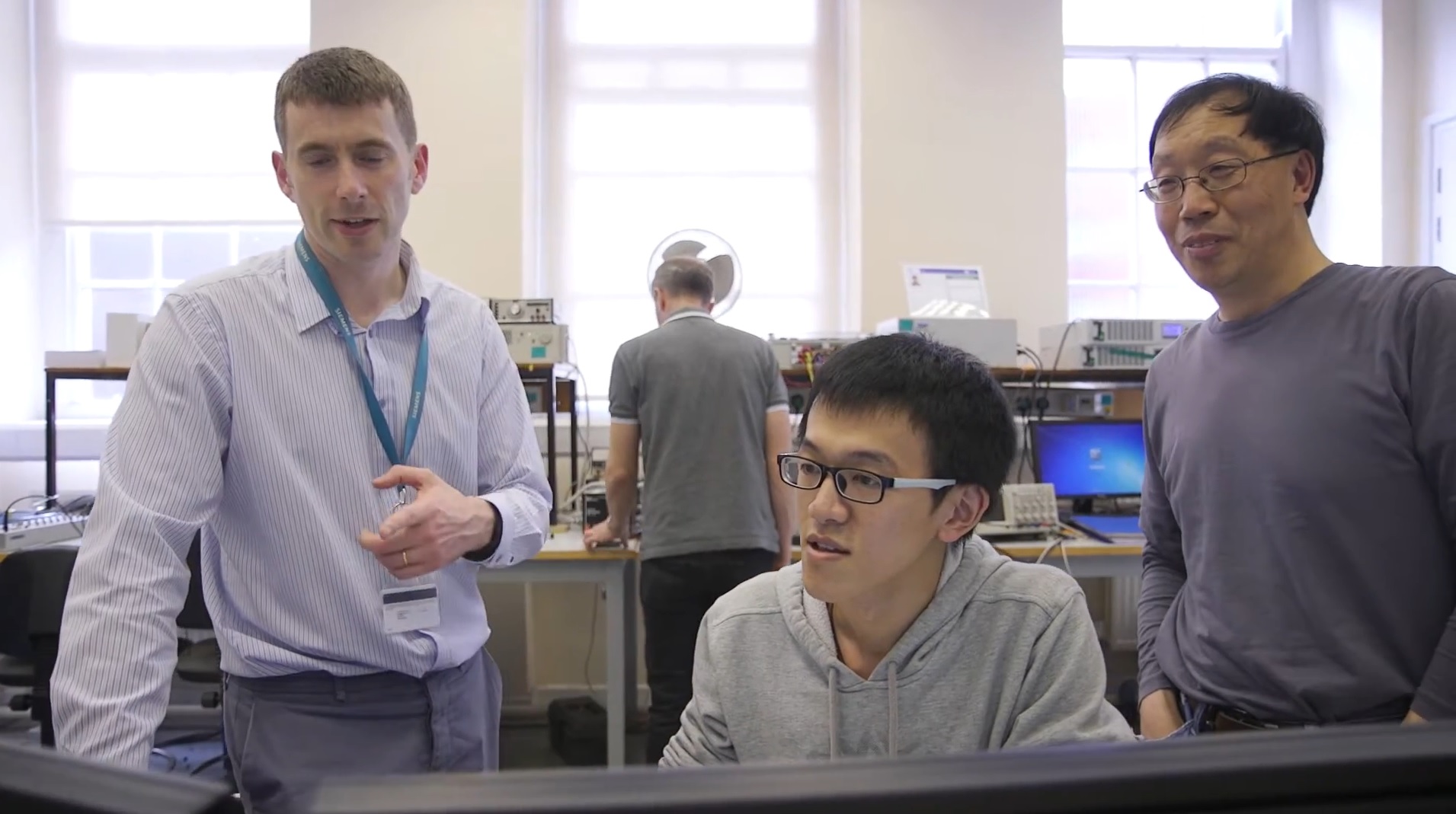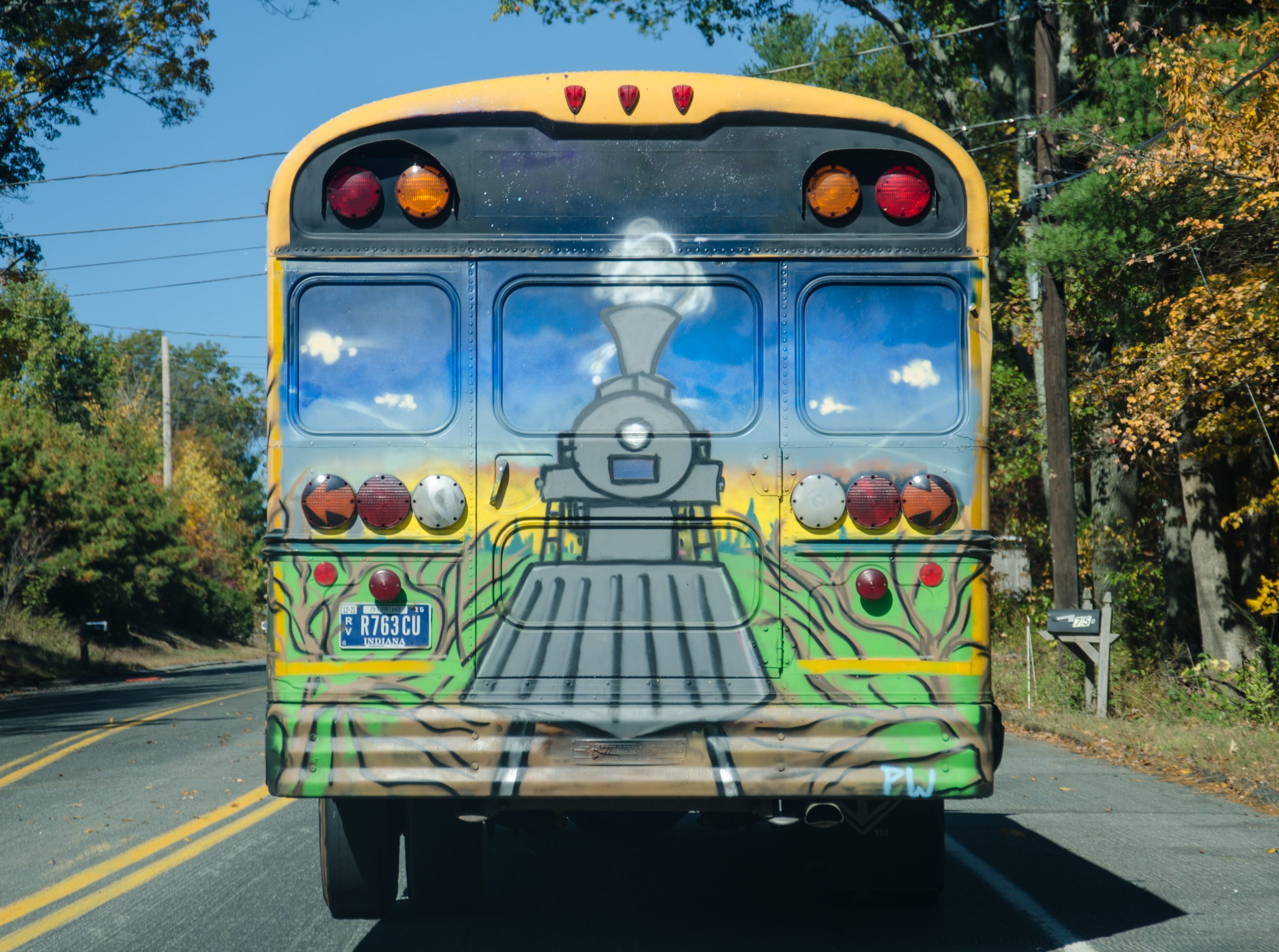

Elementary and secondary school buses make up the largest transportation systems in the United States. We follow the literature originating from multi-national vehicle manufacturers many of whom maintain advocacy enterprises across the globe; starting with the highest level of standardization activity managed from Geneva.
From the ISO TC 22 Committee prospectus:
The road vehicle since its inception has seen uninterrupted advances in technology to improve the performances and the quality of the product, and offer to its various clients a mobility package as efficient as possible at acceptable costs. Since the 1980’s, though, political demand for greater safety in transportation and a reduced environmental impact of the use of road vehicles has deeply influenced the orientation of this technological evolution. Some major technological leaps forward have been accomplished in this period of thirty years, both in safety and environment. At the same time, the development of digital and connective technologies will change the context and offers:
– Possibilities of complex loop controls of main functions of the vehicle, as well as more efficiency, leading to more ecologic vehicles
– Possibilities of dialogue with the external world, making the vehicle a contributor to his own environment, and contributing to more fluency, safety and fewer emissions, via the systems
currently called “ADAS”
– This could lead to the automated driving functions, changing drastically the relation of driver/vehicle.
The global relationship between road transport and society is in quick evolution and could lead to new concepts such as car sharing, instead of the ownership of the vehicles.
But societal requirements are not foreseen to calm down, so that new outstanding developments are already planned and will happen in the very next years.
BUSINESS PLAN
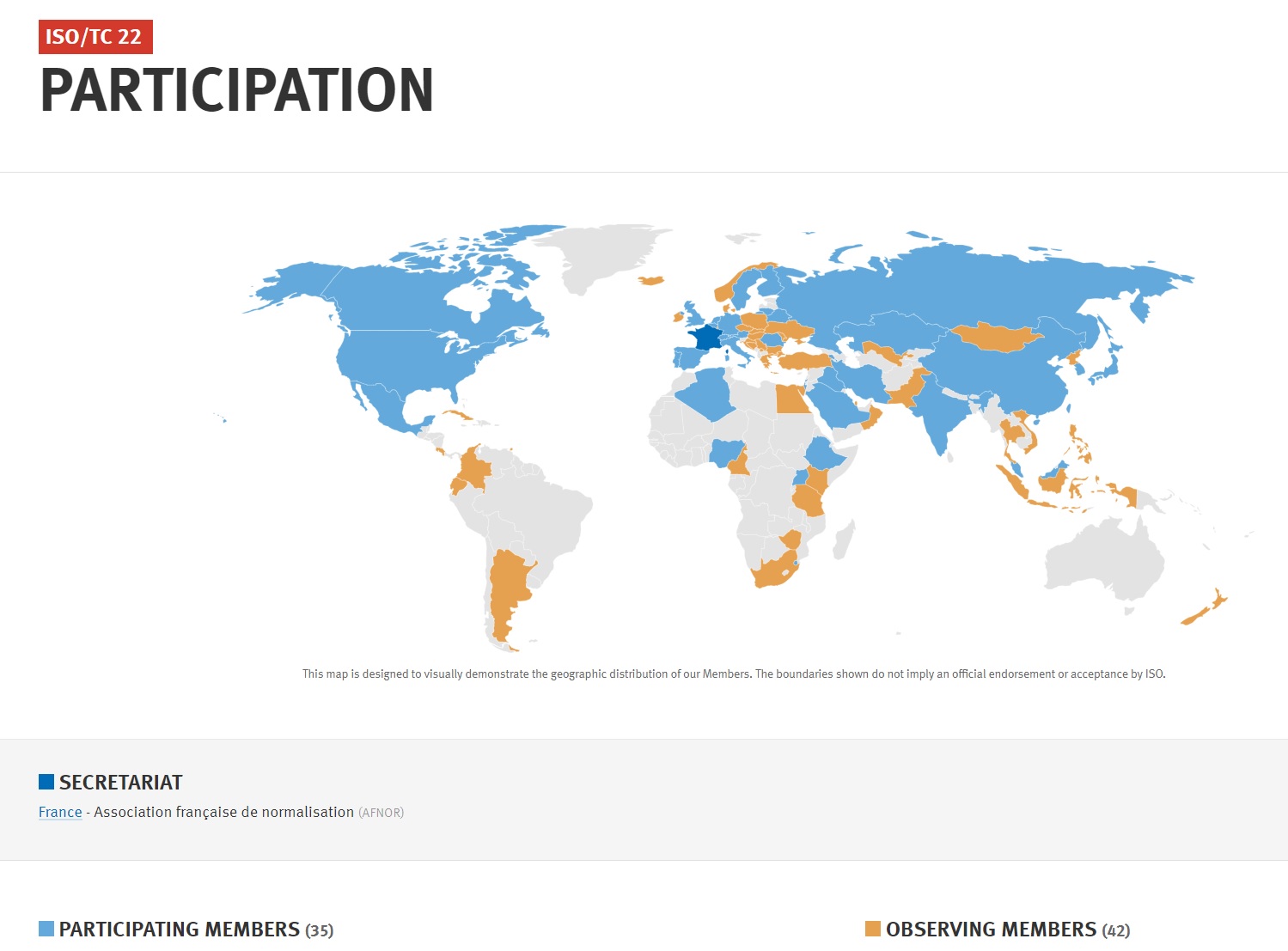

SAE International is the US Technical Advisory Group Administrator. We find no live public consultation notices open as of the date of this post but we encourage you to communicate directly with Jill Kqiraj (gjysta.kqiraj@sae.org)
We maintain the work products of this committee on the standing agendas of our Mobility and Global colloquium; open to everyone. See our CALENDAR for the next online meeting.
Issue: [10-34]
Category: Mobility, Global
Colleagues: Mike Anthony, Christine Fishcer, Paul Green

Readings
Is European school transport safe?—The need for a “door-to-door” perspective
What school buses look like in 12 countries around the world
School Bus India: Standard Requiirements



